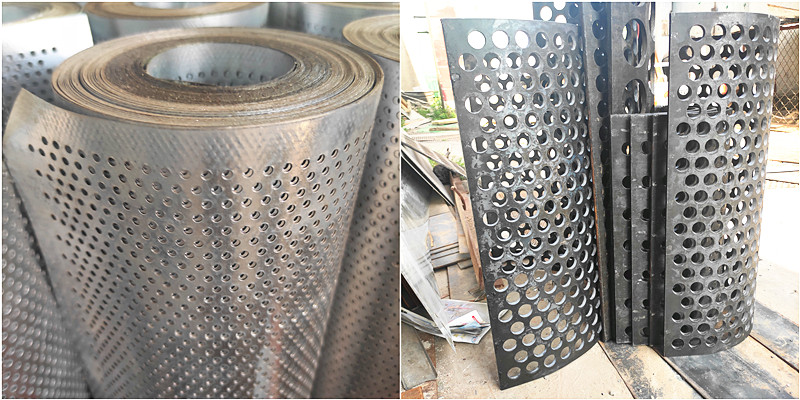What Are the Thicknesses of Perforated Sheets?
Source:www.cn-psp.cnAuthor:河北森驰公司 Last updated:2025-01-07 13:39:49 Browse:
Perforated sheets are widely used materials in construction, industry, and decoration due to their excellent ventilation, filtration, and aesthetic properties. The thickness of a perforated sheet is one of the key factors that influence its performance and application. Different thicknesses of perforated sheets offer various advantages and are suitable for different applications. Below, we will explore the common thicknesses of perforated sheets, along with their features and ideal use cases.
1. Thin Perforated Sheets (0.2mm - 2mm)
Thin perforated sheets are typically made from lighter metal materials and are suitable for applications where flexibility is required. Common materials include stainless steel, aluminum, and other alloys. The advantages of thin perforated sheets include being lightweight, easy to process, and versatile for indoor decoration, acoustic soundproofing, filtration, and other uses.
2. Medium Thickness Perforated Sheets (2mm - 5mm)
Medium thickness perforated sheets strike a balance between strength and flexibility. These are typically used where some degree of strength and load-bearing capacity is needed, such as wall cladding, ventilation systems, and building facades. Medium thickness perforated sheets provide better pressure resistance and durability while maintaining good air permeability.
3. Thick Perforated Sheets (5mm - 10mm)
Thicker perforated sheets are used for applications that require higher mechanical strength and durability. These sheets are commonly found in heavy industrial equipment, transportation infrastructure, and exterior building facades, where they can withstand substantial impact and pressure. Thick perforated sheets usually offer enhanced corrosion resistance and wear resistance, making them suitable for harsher environments.
4. Extra Thick Perforated Sheets (Above 10mm)
Extra thick perforated sheets are typically used for special engineering and custom projects, often in extreme environments or heavy-duty applications, such as high-pressure electrical equipment, mining, and quarries. Due to their large thickness, these perforated sheets offer exceptional strength and rigidity, allowing them to withstand enormous pressure and impact, with excellent durability.
Conclusion
The choice of perforated sheet thickness should depend on the specific requirements of the application. Thinner perforated sheets are suitable for decorative and lightweight structural uses, while thicker perforated sheets are better for applications that demand higher strength and durability. When selecting a perforated sheet, factors such as functionality, strength, longevity, and aesthetics should all be carefully considered.
